Part of my position as a wine buyer requires double-checking European wine labels for compliance before shipping. I would therefore like to share the basic labeling information required for still wines sold in the European Community (EC). This may help the Chinese consumer spot a fake wine because in many cases, the main label remains the same with a China specific label added to the back.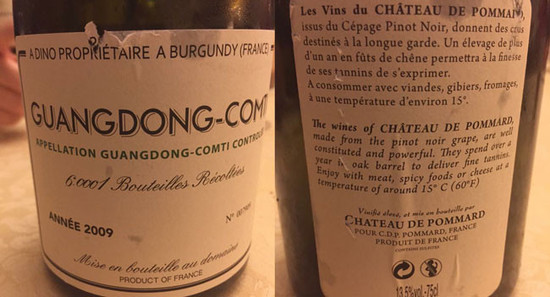
I was shocked to see a very obvious fake wine posted on social media last week called Guangdong-Comti in the same style as Domaine de la Romanée-Conti. The label was ostentatiously incorrect and I sincerely hope that Chinese consumers do not purchase this wine thinking it is from the famed Burgundy producer.
There are several pieces of information that you should see on all still wines made in the EC:
1. Wine or Product followed by the country of origin
2. Type of product, such as wine or it’s protected designated origin (PDI) or protected geographical indication (PDO)
3. Bottler’s details
4. Volume
5. Alcoholic strength
6. The PDI or PDO if it has one
7. Lot number *
8. Allergen information (sulphur dioxide, eggs or milk)*
All the above information, except for * points 7 and 8, need to be in one field of vision, meaning you need to see them without having to turn the bottle. It can be on the front or back label, as long as they appear together.
The most obvious clue that the wine is a fake is false or missing information. For example, the PDI or the PDO stated on the label doesn’t exist (such as Guangdong-Comti Controlée), the bottler’s address (which is supposed to include a company name, postcode and country) is missing or incomplete and the combination of the producer (in this case Château de Pommard) and the region (PDI or PDO) doesn’t match.
It may not be easy to spot a fake wine immediately, so it is worth doing a quick search to see if the wine exists. Searching for Guangdong-Comti worldwide on Wine Searcher Pro brings up no results, which suggests that this wine doesn’t exist.
With the global nature of the wine business, most wines will bring up a few results somewhere on the web outside of China. Even the tiniest producer making wine out of their shed is often listed on their local trade or independent association’s website or some wine lover has written about them. Don’t worry if you cannot spot a fake wine right away just by looking at the label, with knowledge, experience and taste, it will become much easier.
Translated by Sylvia Wu / 吴嘉溦
All rights reserved by Future plc. No part of this publication may be reproduced, distributed or transmitted in any form or by any means without the prior written permission of Decanter.
Only Official Media Partners (see About us) of DecanterChina.com may republish part of the content from the site without prior permission under strict Terms & Conditions. Contact china@decanter.com to learn about how to become an Official Media Partner of DecanterChina.com.


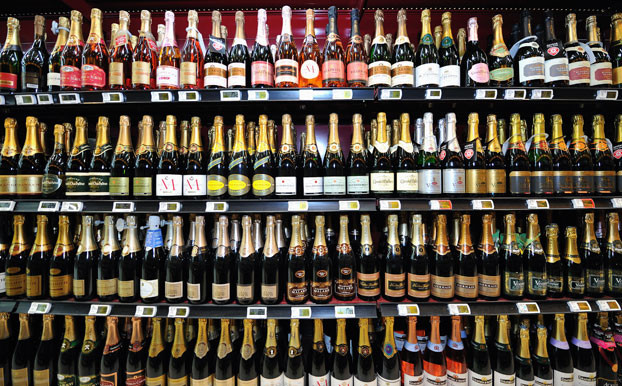
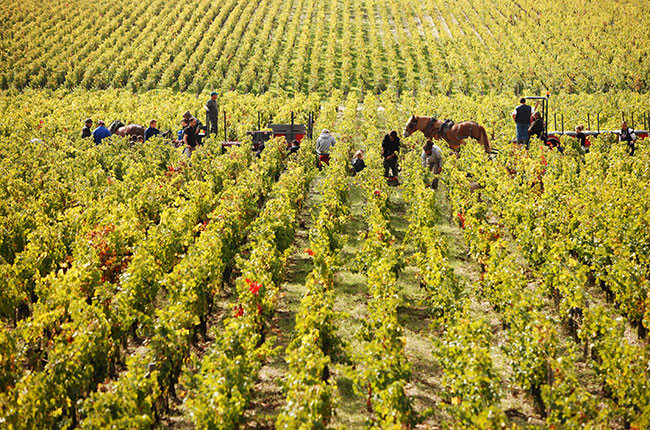
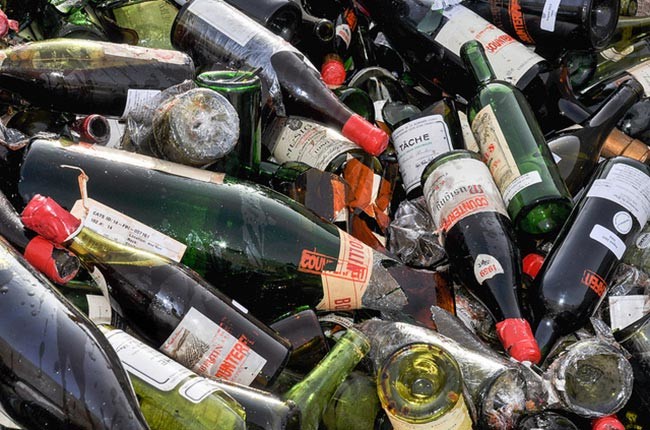
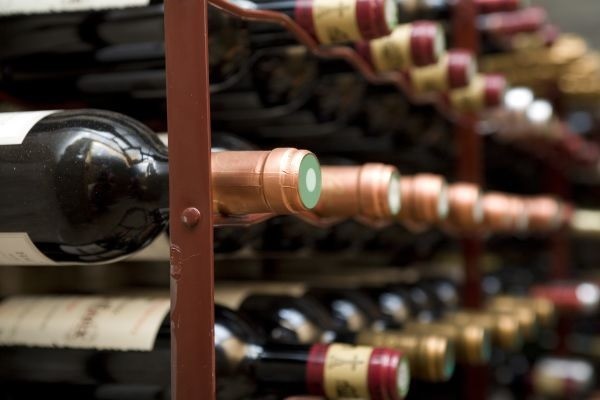



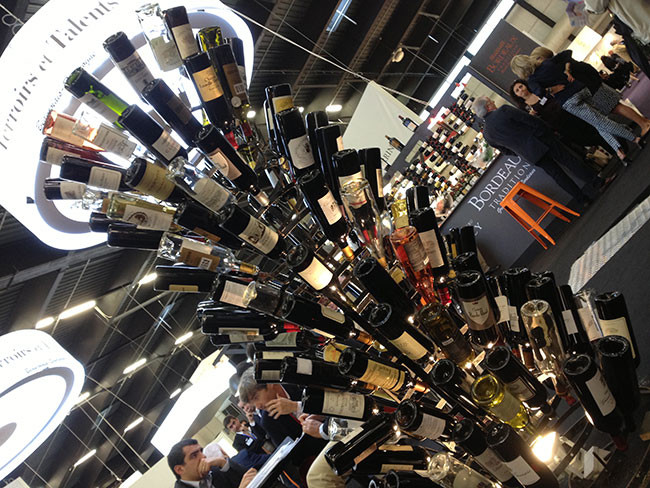
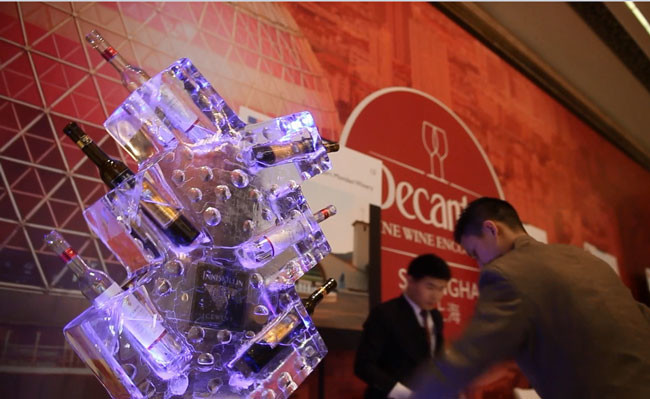
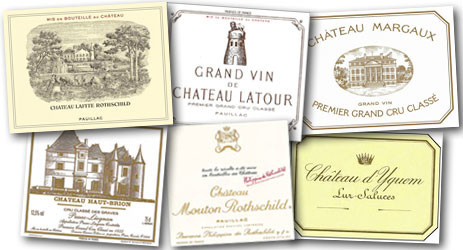
Comments
Submit